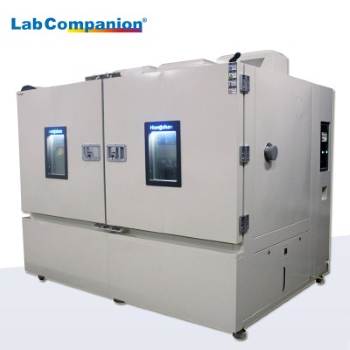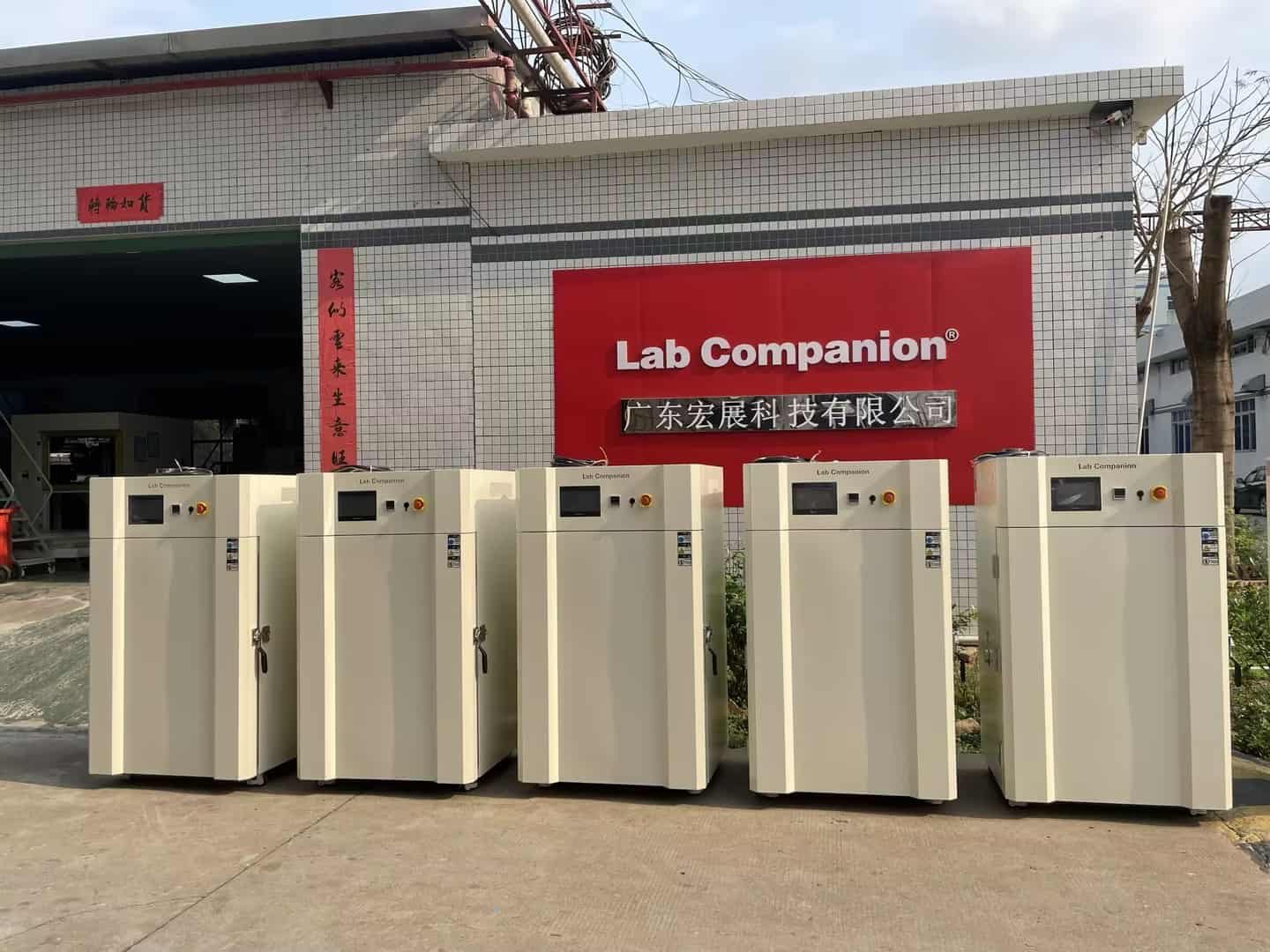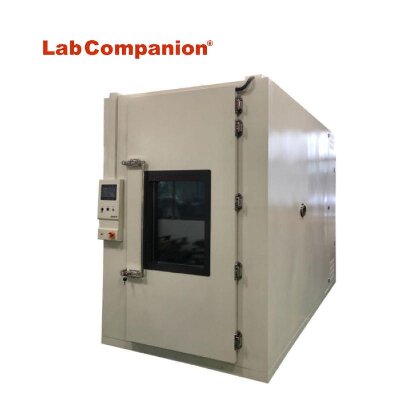Pengujian Lingkungan Baterai Isi Ulang
Feb 21, 2025
Baterai isi ulang, yang dapat diaktifkan kembali dengan cara diisi ulang setelah digunakan. Baterai ini banyak digunakan dalam bidang kendaraan ramah lingkungan, penyimpanan daya, dan bidang Dinamis.Pengujian lingkungan terhadap baterai isi ulang merupakan cara penting untuk mengevaluasi kinerjanya dalam berbagai kondisi lingkungan.Ⅰ. Tujuan PengujianPengujian lingkungan baterai isi ulang bertujuan untuk mensimulasikan berbagai kondisi yang mungkin ditemui dalam lingkungan penggunaan aktual untuk mengevaluasi keandalan dan kinerja baterai. Melalui pengujian, dimungkinkan untuk memahami kondisi kerja baterai dalam berbagai suhu, kelembapan, getaran, benturan, dan kondisi lainnya, yang menyediakan dasar ilmiah untuk penelitian dan pengembangan, produksi, dan penggunaan baterai.Ⅱ. Menguji kontenA. Pengujian suhua. Uji suhu tinggi: Tempatkan dalam lingkungan bersuhu tinggi untuk mengamati kestabilan suhu dan risiko thermal runaway.b. Pengujian suhu rendah: Menguji kinerja pelepasan, penurunan kapasitas, dan kemampuan memulai baterai pada suhu rendah dalam kondisi suhu rendah.c. Uji siklus suhu: Simulasikan perubahan suhu yang mungkin dialami baterai dalam penggunaan sebenarnya, evaluasi daya tahan termal dan masa pakai siklusnya.B. Uji kelembapan: Mengevaluasi kinerja baterai, penyegelan, dan ketahanan korosi di lingkungan lembab.C. Pengujian getaran: Melalui simulasi baterai di lingkungan getaran yang mungkin terjadi selama transportasi, pemasangan, dan penggunaan, mengevaluasi integritas strukturalnya, keandalan sambungan listrik, dan stabilitas kinerja.D. Pengujian benturan: Melalui simulasi baterai dalam situasi tak terduga seperti terjatuh dan bertabrakan, serta mengevaluasi ketahanannya terhadap benturan.E. Uji hubung singkat eksternal: Uji kinerja baterai dalam kondisi hubung singkat eksternal, termasuk risiko pelarian termal dan ledakan, dan sebagainya.Ⅲ. Standar dan spesifikasi pengujianPengujian lingkungan baterai isi ulang harus mengikuti standar dan spesifikasi pengujian yang relevan untuk memastikan keakuratan dan keterbandingan hasil pengujian. Standar pengujian umum meliputi:IEC 62133/ IEC 61960、UN 38.3、UL 1642/UL 2580、GB/T 31467、JIS C 8714Ⅳ. Peralatan ujiPengujian lingkungan pada baterai isi ulang memerlukan peralatan dan metode pengujian profesional. Peralatan pengujian umum meliputi:Ruang uji suhu tinggi dan rendah: Digunakan untuk mensimulasikan lingkungan suhu yang berbeda.Ruang uji kelembapan: digunakan untuk mengevaluasi kinerja baterai di lingkungan lembab.Bangku uji getaran: Simulasikan lingkungan getaran untuk mengevaluasi integritas struktural dan stabilitas kinerja baterai.Mesin uji benturan: digunakan untuk mensimulasikan benturan pada situasi tak terduga seperti terjatuh dan bertabrakan.Ⅴ. Hasil pengujian dan evaluasiSetelah menyelesaikan pengujian, perlu dilakukan analisis dan evaluasi terhadap hasil pengujian. Berdasarkan data pengujian dan persyaratan standar, tentukan apakah kinerja baterai memenuhi persyaratan dalam berbagai kondisi lingkungan. Untuk baterai yang tidak diinginkan, analisis lebih lanjut dan tindakan perbaikan yang sesuai harus dilakukan.Singkatnya, pengujian lingkungan terhadap baterai isi ulang merupakan cara penting untuk memastikan kinerja baterai yang stabil dan andal dalam penggunaan praktis. Instrumen pengujian profesional dapat memberikan hasil eksperimen yang lebih profesional, aman, ilmiah, dan efektif untuk pengujian baterai isi ulang, sehingga sangat mengurangi biaya pengujian dan memberikan kemudahan bagi perusahaan.Klik untuk memeriksa produk terkait. https://www.lab-companion.com/thermal-shock-test-chamberhttps://www.lab-companion.com/temperature-and-humidity-chamberhttps://www.lab-companion.com/rapid-temperature-cycling-test-chamber
BACA SELENGKAPNYA





